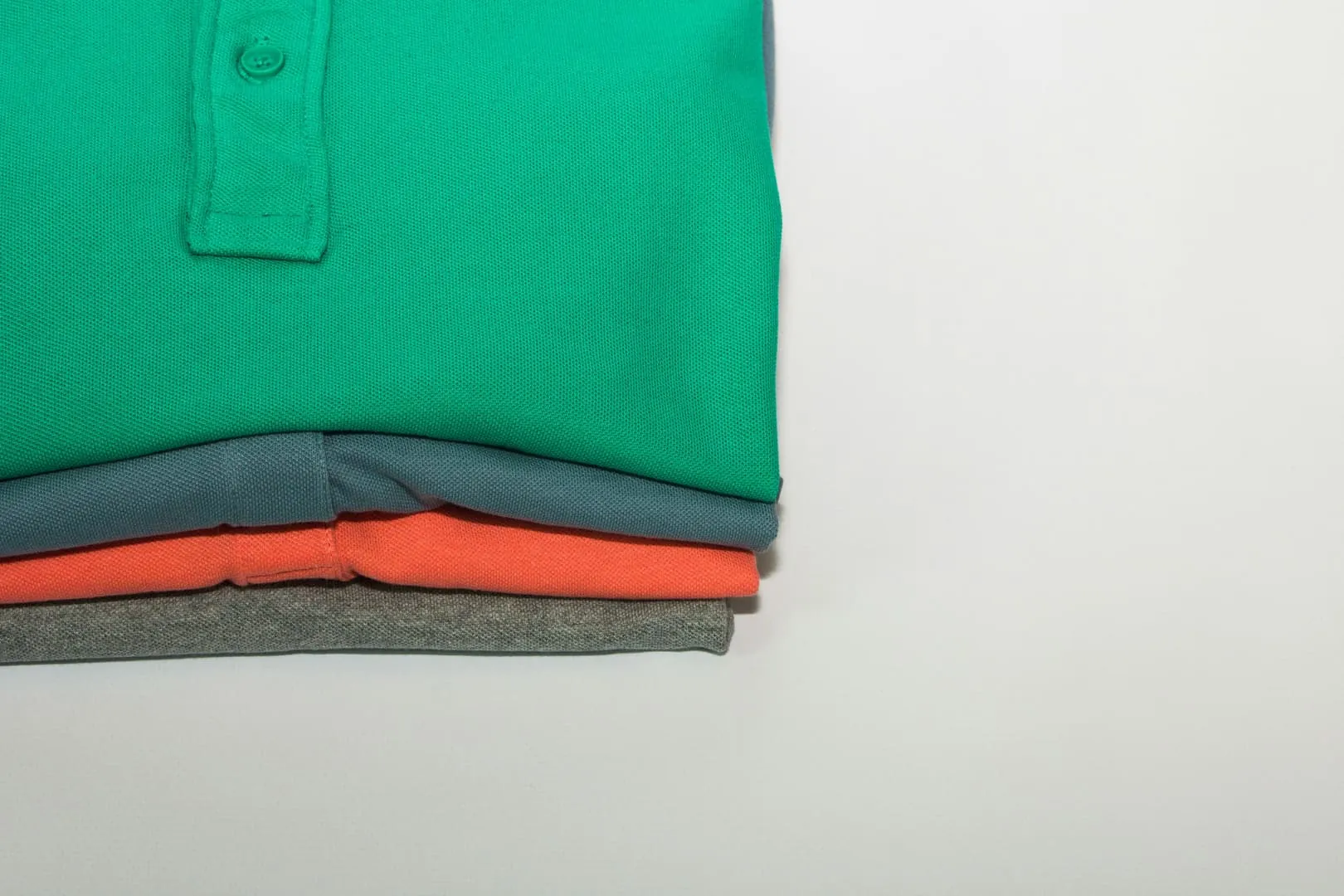
Sustainable Fashion 2025: How to Dress Without Harming the Planet
Every year, the world produces over 100 billion garments — and more than half end up unused or discarded. In 2025, sustainable fashion is no longer a niche trend but an environmental and economic necessity. Here's how to dress consciously without giving up style.
1. Buy less, choose better
The most sustainable garment is the one you wear for years. Pick natural fabrics (linen, wool, organic cotton) and timeless cuts instead of fast-changing trends. Think of your wardrobe as an investment, not a disposable collection. Quality pieces last longer and look better with time. Before buying, ask yourself: Will I wear this 30 times? If not, skip it. This simple rule dramatically cuts impulse purchases and clutter.
2. Know your fabrics
Understanding fabric impact helps you make smarter choices:
| Fabric | Water use (L/kg) | CO₂ footprint (kg) | Alternatives |
|---|---|---|---|
| Conventional cotton | 10,000 | 15 | Organic cotton, hemp |
| Polyester | 70 | 30 | Recycled polyester or Tencel |
| Animal leather | 17,000 | 65 | Vegan leather, cork |
3. Second-hand first
Apps like Vinted, Vestiaire Collective, or local thrift shops cut emissions by 80% versus new clothing. Second-hand fashion has never been easier or more stylish. You'll find designer pieces at fraction of original prices. Every pre-owned item purchased saves water, chemicals, and CO₂. It also keeps textiles out of landfills. If you're decluttering before winter, consider selling or donating your unworn clothes to extend their lifecycle.
4. Care to make it last
Wash cold, skip dryers, repair seams — you'll double a garment's lifespan. Most clothes don't need washing after every wear. Air them out instead. When you do wash, use eco-friendly detergents and full loads to save water and energy. Learn basic mending: sewing a button or fixing a hem takes minutes and saves money. YouTube tutorials make it easy. Proper storage also matters — fold knits, hang wovens, and keep moths away naturally with lavender.
5. Rent or swap
European rental platforms now let users borrow clothes for events or kids' wardrobes. Services like Rent the Runway, By Rotation, or Tulerie make fashion circular. Why buy a dress you'll wear once? Clothing swaps with friends or community events are another great option. Organize seasonal swaps in your neighborhood — it's social, sustainable, and free. For more ideas on reusing before recycling, check our dedicated guide.
People also ask
Are organic clothes really stronger? → Yes, natural fibers wear slower and recycle better. They're also gentler on your skin and the environment. How to spot an ethical brand? → Look for transparent sourcing and labels like GOTS (Global Organic Textile Standard), Fair Wear Foundation, or B Corp certification. Check if brands publish their supply chain information. Should we stop buying fast fashion? → The goal is moderation: fewer, longer-lasting pieces. Buy intentionally, not impulsively. Support brands that prioritize quality and ethics over trends.
Conclusion: Changing how we dress is a vote with our wallet. In 2025, sustainable fashion isn't a burden — it's pride, quality, and coherence in motion. Start small: one second-hand purchase, one repair, one conscious choice at a time.
About the author:
Alexandre Dubois is a European sustainability enthusiast who shares practical, tested tips for everyday life. From saving on household energy to reducing waste, he focuses on simple changes that deliver real impact. He writes from personal experience, testing solutions in his own home before recommending them. Contact: info@greendailyfix.com
Related posts

Zero-Waste Winter Cooking: Turning Leftovers into Comfort Meals
As winter sets in, our meals get heartier — and our fridges fuller. Unfortunately, that often means more food waste. But zero-waste cooking isn't about restriction; it's about creativity and comfort. Here's how to turn leftovers into cozy, money-saving winter meals.

Stay Warm Without Breaking the Bank: Heating & Budget Tips for Winter 2025
Energy prices are rising again, and winter is coming. The good news: simple actions can keep your home warm without blowing your budget. From thermostat tweaks to daily habits, here's your practical guide to a cozy, cost-efficient winter.

Night of Lanterns: Bringing Meaning Back to Halloween
Beneath the layers of plastic and candy, Halloween hides an ancient, poetic story — that of **Samhain**, the Celtic festival marking the end of light and the start of the dark season. This October 31, instead of consuming, what if we returned to celebrating — by lantern light, in respect for nature and remembrance?

Recycled Halloween Costumes: Creative Ideas for All Ages
Each year, millions of Halloween costumes are worn once and thrown away. Made of polyester and plastic, they leave a scary carbon footprint. Yet building your own costume from recycled clothes and materials is easy, fun, and far more sustainable. Here's how to make eco-creative costumes for kids and adults alike.